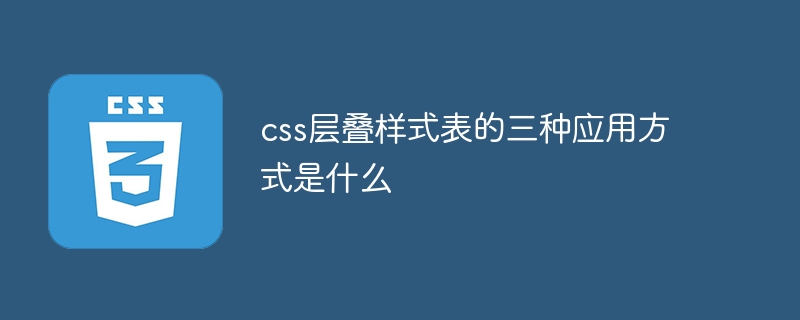

CSS cascading style sheet is a language used to control the style and layout of web pages and has a wide range of applications. In CSS, there are three application methods, namely inline style, internal style and external style. The following will introduce you to these three application methods in detail, with specific code examples.
Sample code:
这是一段内联样式的文本。
这是一段内部样式的文本。